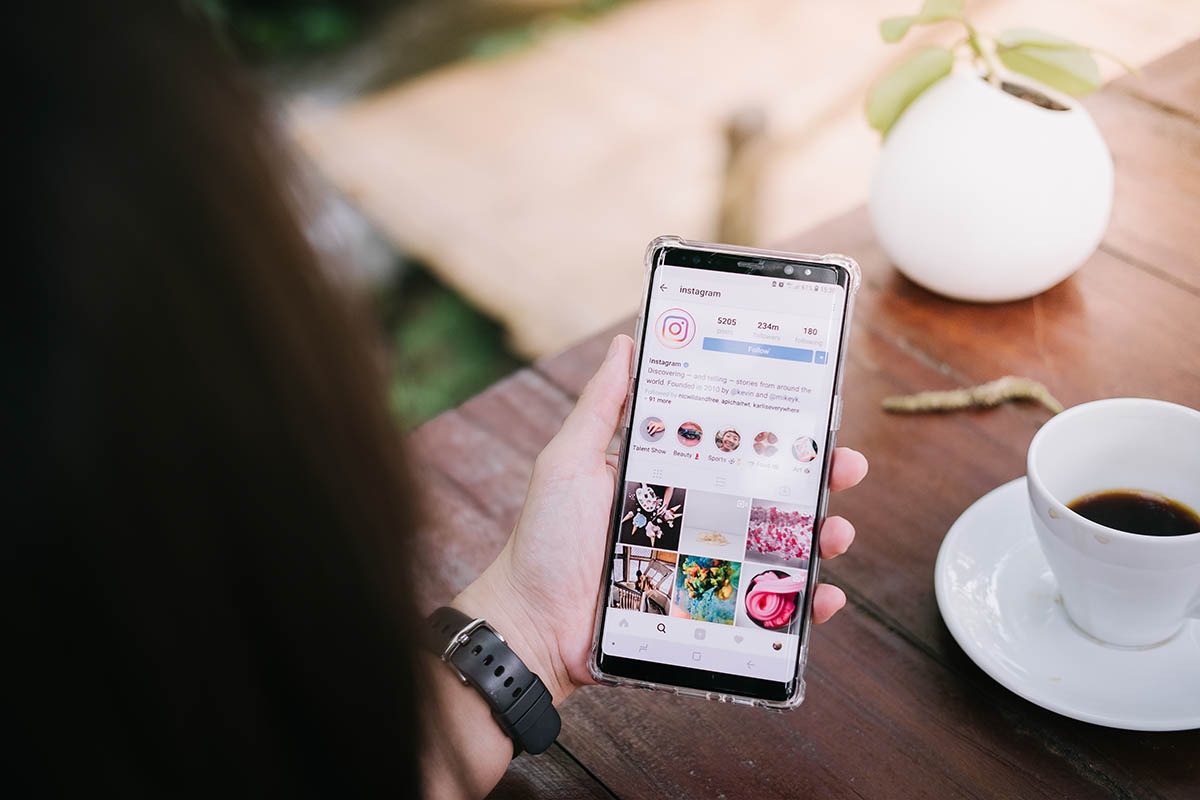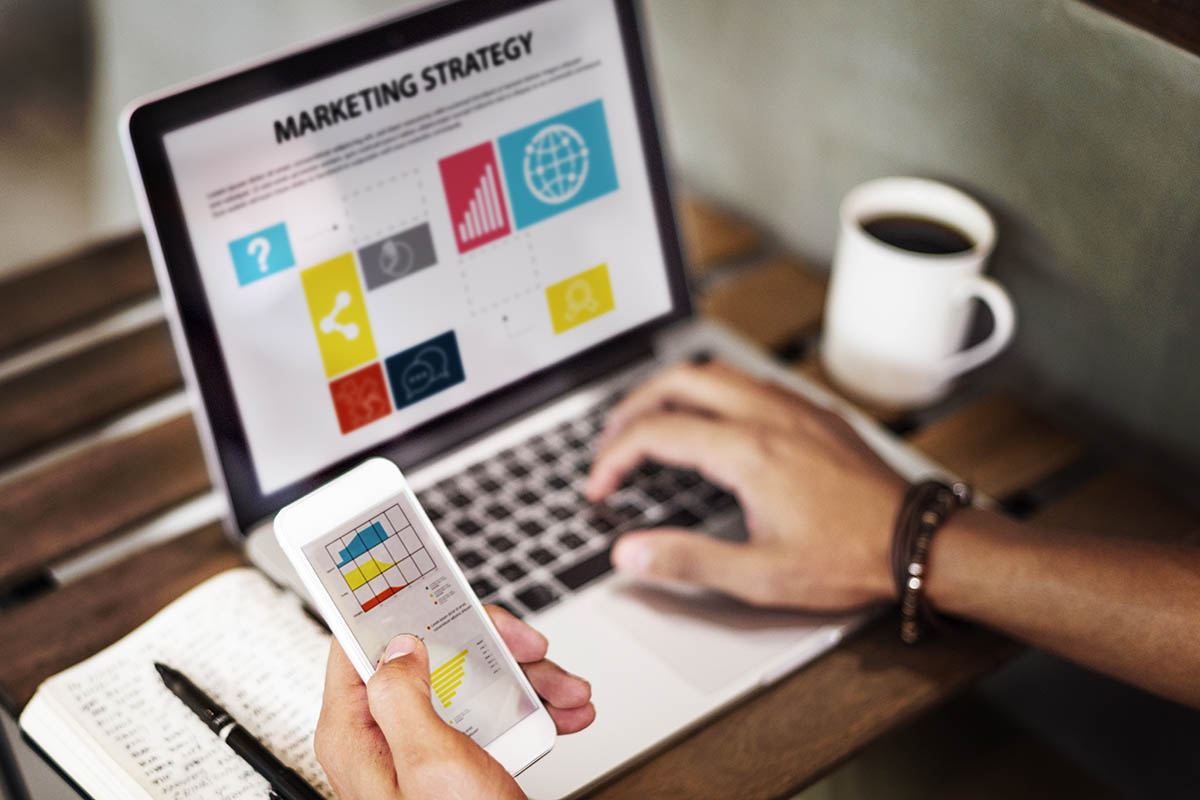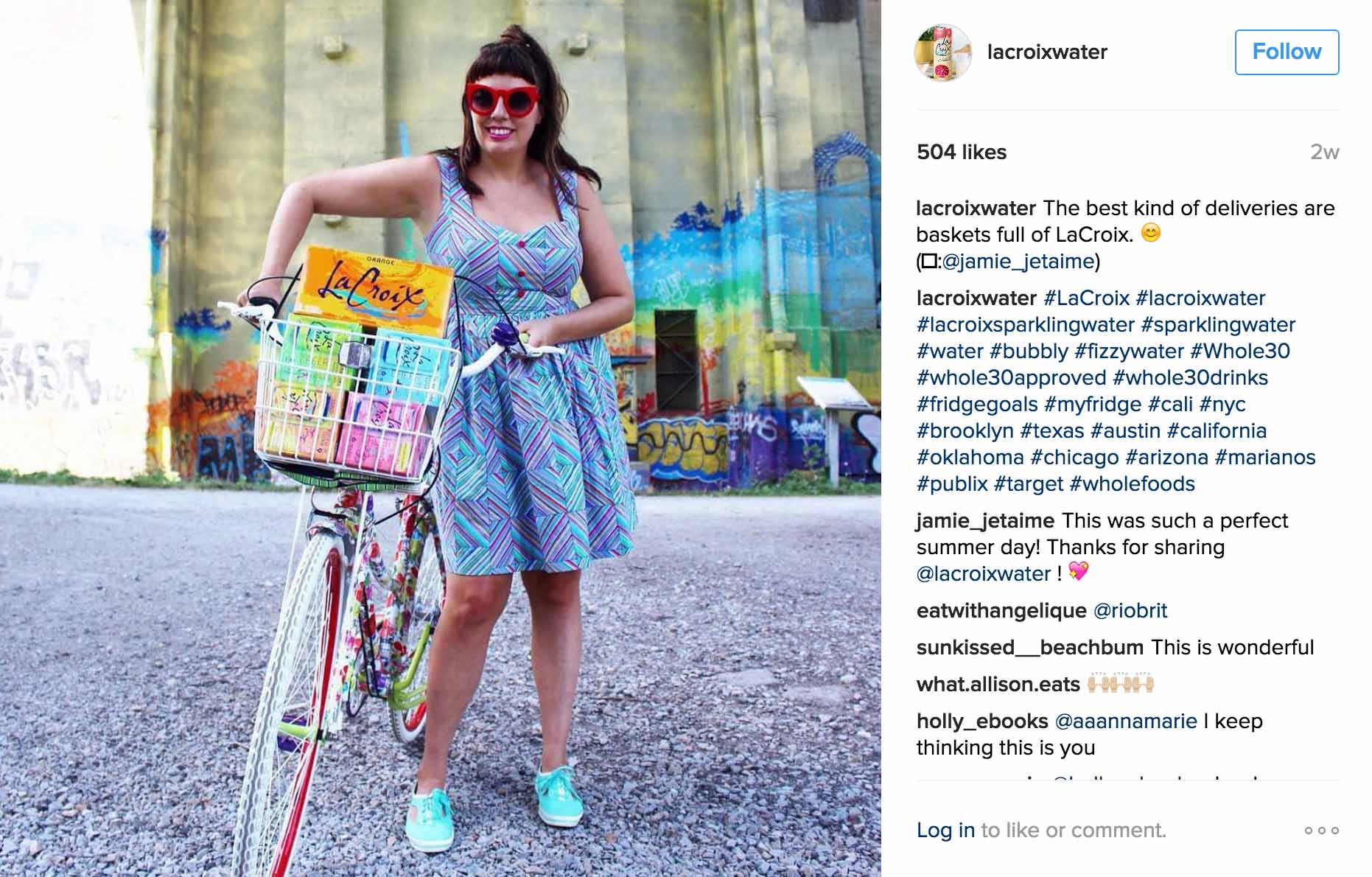What Are Micro-Influencers and Why Are They So Effective?
Influencer marketing is no new term in the current business world.
This is the art of counting on an expert micro-influencer to market your brand, right?
Well, then comes micro-influencer marketing. Well, this might be new or even confusing.
So, What Exactly is a Micro-influencer?
Micro-influencers are people who have around 1,000–1,000,000 followers/audience base and are considered experts in their niche.
The small audiences are considered more focused and can connect deeper, generating greater engagement.
In fact, research reveals micro-influencers—those with 1000 followers, yield 85% higher engagement than those with more followers.
As the number of followers increases, the engagement level drops down.
Why Micro-influencer marketing?
In marketing, people tend to trust the opinions of those they know and look up to easily.
They feel those will give an honest opinion, unlike advertisers who are just paid to impress.
These influencers could be travel blogger, a food blogger, local fashionazas, or fitness gurus, among many others.
And 1000-100000 follower base has proved to be a sweet spot for digital marketers.
A smaller audience means more hands-on, on one interaction, which is marketing gold today.
Micro-influencers followers portray themselves as peers of the influencer rather than fans – and 84% of consumers say they are more likely to trust recommendations from peers over advertising.
Businesses may wonder: If I’m a brand, why are micro-influencers more potent than say, getting Ryan Reynolds to do something for me? Also, micro-influencer marketing puts you better positioned to get real reactions from the target audience and address any issues right away depending on social media platforms you use for business.
What are the Benefits of Using Micro-influencers?

Higher Engagement Rates
This is the first and foremost advantage of micro-influencers marketing.
Engaging with users from micro-influencers is quite a benefit to working with them.
Unlike celebrity influencer accounts, micro-influencers can easily interact with their fans frequently through likes, comments, and responses to queries and questions.
This reflects an established connection and that puts the influencer more real than a celebrity.
This connection puts the micro-influencers in a position to understand the common pain the audience undergoes concerning the brand and helps you create a compelling message for your target audience.
Higher engagement also means that the micro-influencers are constantly advocating for your brand, unlike celebrities and top YouTubers who post a product and let it get lost in the feeds.
This is the exposure that leads to not only brand recognition but ultimately making a sale.
This means the micro-influencer’s pay will go a long way into promoting your brand.
Affordability
With micro-influencers marketing comes affordability. You just can’t compare what a celebrity pockets in the name of brand promotions with micro-influencers! A celebrity will make you break your bank unless you are really a big brand.
On the flip side, micro-influencers are more affordable, especially if you’re just setting your foot in the market.
On average, you will part with around $1,000 per post for those with 100,000 followers.
This makes you able to tap into a wide section of the market, by engaging more than one micro-influencers. Do you believe in casting a wider net? Then this is.
These days, influencers accept Bitcoin for payment, and we witness the building of a connection between youth and bitcoin.
Higher Conversion Rates

This is an obvious benefit. The majority of people say that they trust products endorsed by influencers to make their purchase decisions.
For example, if you are a company seeking for IT solutions, you are going first to approach the people you know for recommendations, before probably checking out Yelp or Google reviews to see what people think.
In fact, when someone is shopping at a store and jumps into a new product, he might go online to see the reviews.
Chances are if the product is endorsed by people within their circle, they make swiftly add it to the cart, just like that.
And that’s how you end up making huge sales in the end!
Niche Markets
A brand will always target a specific market. With micro-influencers, you are likely to tap into a specific with much ease, unlike with celebrities.
This is because every micro-influencer comes in his own style, expertise, brand, and appeal and commands a specific audience.
This is similarly the case with content writing.
What kind of people do you write to? What would resonate with them and prompt them to read your pieces?
Micro-influencers have a small world around them whose interests closely align with theirs. If you want to tap into your target market, find someone who appeals to your specific target audience. Don’t waste money on an audience that will not buy.
Why Are Micro-influencers So Effective Today?

Just as we have said, micro-influencers are more relatable and trustworthy than celebrities.
Their more humble background and interactions make it easy to connect with them, and they can easily explain their brands to their following.
People follow micro-influencers because their struggles are related, and they are drawn to them because they overcame them. That’s why their endorsements are so trusted.
Micro-influencers can connect with their audience on a deeper level because they share with around 1k-100k followers compared to a large fan base (over 1 million) of influencers and celebrities.
Because their fan base is more tight-knit, they can create more personalized content and thus create a more authentic moment with fans (because they also have real knowledge of the products).
Plus, engaging with followers is much easier to manage since there aren’t millions of them. All of which makes it an effective tool for marketing.
-Megan Mosley from Referral Rock
As much as celebrities command a huge following, they don’t use the products they advertise, especially if it’s a familiar brand. Whether you buy or not, they have nothing to lose.
Micro-influencers have something to lose: they promote something they don’t believe in, and they risk losing their follower’s trust quickly.
Who Can Benefit from Micro-influencers?
It’s common for people to be at a crossroads with what is helping others. And it’s true, not everything that shines with them will do it with you. So, will micro-influencer marketing benefit you?
Well, who is your target audience? Are they active on social media, particularly Facebook, YouTube, and Instagram?
If the answer is yes, then you will likely benefit from micro-influencer marketing.
It’s all about targeting the platform that makes the most sense for your product or service and where it will be most relevant. Also, businesses of all sizes can fit in due to their affordability.
But with all that being said, some industries do well with micro-influencer marketing. These are Fashion/ Beauty, Home/ Family, Travel/ Lifestyle, Business/ Tech, and Entertainment industries.
How and where Do I Find The Right Micro-influencers For My Business?

Firstly, start by finding out who your target audience is. Get to know their buying behaviors and demographics because you want to be sure the micro-influencer you choose has the right following for your product.
Depending on your product/service and industry, you’ll want to consider things such as:
- Location;
- Interests/Hobbies;
- Age;
- Gender;
- Occupation/Industry.
Also, find out what pages your target audience likes to read.
Chances are as you reveal the things they like, you could begin finding influencer accounts. Have your keywords in place. Make use of hashtags that are relevant to your product/service.
Reach out to local bloggers in your niche market. They could put an influencer marketing campaign for you if they have a good following. Get smart and use tools like Snoopreport to learn what users like.
As you gather information from your competitors’ followers, a list of influencers will be generated that your audience is following and connected with.
Then, list them down comparatively, and go for those who have top-notch content. You want to make sure the influencer you are going with isn’t just primarily pushing products but he knows his game well.
See if the micro-influencers can competently create a moving narrative or story that attaches to the product.
They should convince their followers of the product’s usefulness and how it addresses their pain points (followers can swiftly sense if the person is just pushing a product).
Brands Who Have Seen Success with Micro-influencers
Apart from small companies with smaller budgets, even bigger brands have greatly benefitted from micro-influencer marketing as well. Look at a few examples here:
La Croix

They didn’t go for the popular typical adverts, instead, they took to micro-influencers to help them connect with their audience.
They engaged lifestyle bloggers to create cocktail recipes using their beverages. Their influencers had around 7,000 – 8,000 followers.
LaCroix target was a younger generation that typically doesn’t connect with traditional tactics. Sales for LaCroix have increased as they pull newer digital marketing tactics and connect with micro-influencers.
Spotify
This is another huge brand that took to using micro-influencers successfully.
Looking to promote their Discovery Weekly feature, they reached out to micro-influencers to post images and mention their playlists online.
The campaign hit 29,540 likes and comments in no time. It was a huge win for them, yet at an affordable budget.
Adobe
Adobe is currently the talk of the town. Their secret? They knew the potential of micro-influencers, and they’ve been doing it for a while now. Adobe is seen teaming up with lifestyle bloggers to promote their photo editing software.
Then, bloggers competently take to social media to tell their audience about their experience over months using the software and share their finished images to show the results of using the editing software.
One of the bloggers was Tieka Ellis, who wrote about Adobe in her blog and narrated how the product helps improve her images.
They teamed up with Maver, an influencer marketing platform to find the influencers they teamed up with.
Conclusion

The above information indicates how the micro-influencer marketing approach is more effective than traditional marketing practices.
Today, consumers are less likely to be swayed by brand messaging and clever copies that spam their inboxes.
Consumer buying behaviors constantly shift, and launching a micro-influencer campaign could lead to markets you have never explored.



















